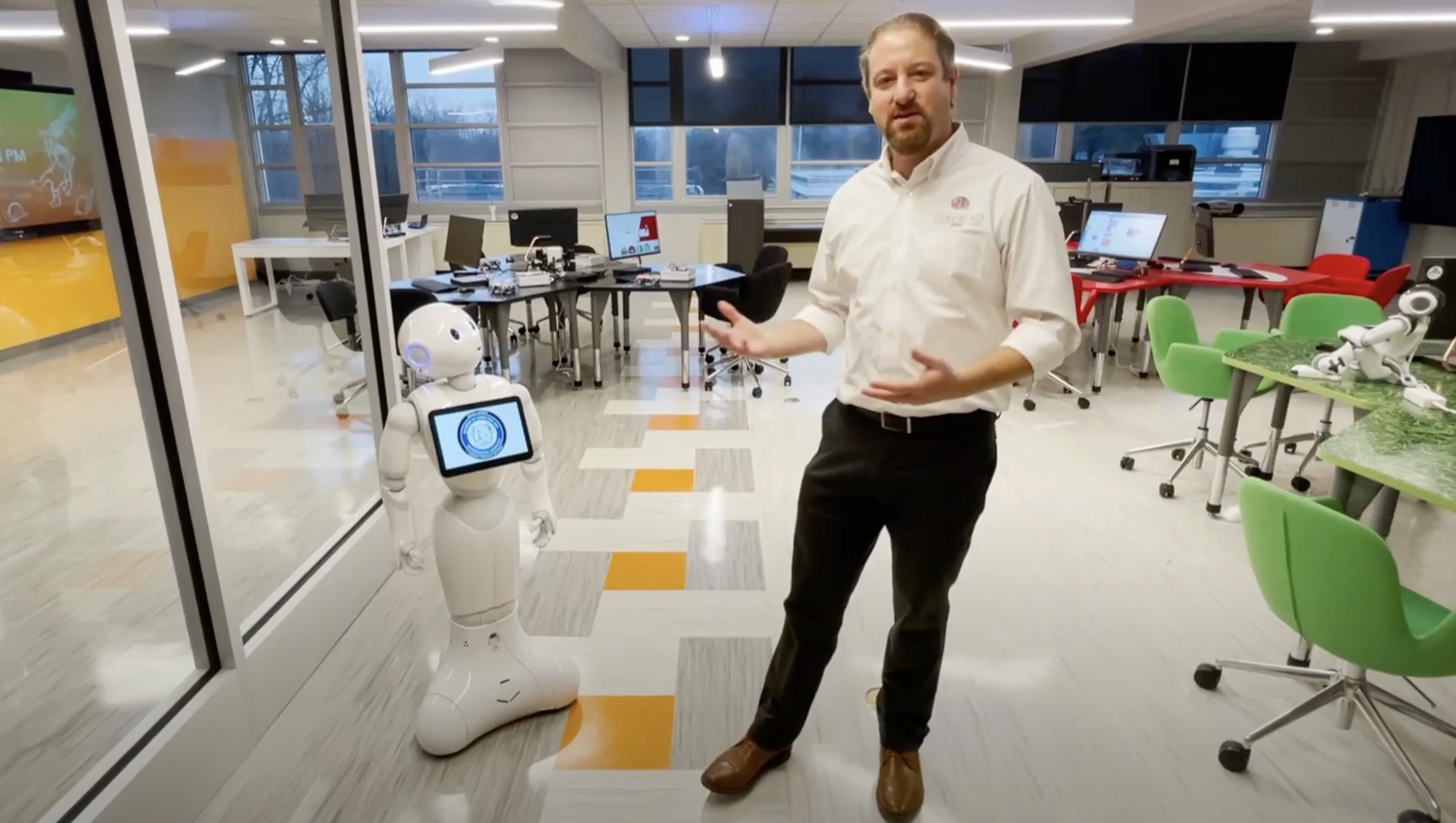Before AI (artificial intelligence) became a part of our daily vocabulary and a supposed threat for some, the human race feared robots. Rewind to “I,Robot” – the 2004 blockbuster film starring Will Smith and an army of robots who turned violent against mankind. Fiction and sci-fi aside, robotics has helped many industries and companies to evolve for the better.
Elad Inbar, CEO and founder of RobotLAB has created a community with various bots that prove to be useful in multiple industries, including education, hospitality, restaurants, hotels, assisted living facilities, etc.
A pioneer of sorts in the land of robots, Inbar has been fascinated by robots since childhood.
“I was involved with robotics since I was a child—built them, programmed them, and so on. For many years robots were only “toys for geeks” that enjoy working with electronics and the soldering iron. However, together with the invention of the iPhone we started seeing more and more “connected toys” that can be controlled by a smartphone, and from there, the jump to programming robots is simple,” Inbar told LATF USA.
“This triggered the creation of RobotLAB—the first company to bring robots to the classroom as a teaching aid,” Inbar added.
Along with a group of companies and professors, Inbar was a founding member of IROB (Israeli Robotics Association) in 2011. Putting together the first robotics conference in Israel, he eventually brought his expertise to the states.
We sat down with Inbar to talk about all things robots, RobotAppStore.com, the inner workings of RobotLAB and the future of bots on the planet.
You founded RobotAppStore.com, which became the only platform where robot owners could download apps for their robots. How did you come up with the concept and did you patent it?
The RobotAppStore came to be from the realization that robots need software to operate (or apps) and just like an app store for smart phones, there should be an app store for robots! However, the robotics market is too segregated between multiple products and operating systems, and there’s not enough commonality that supports the existence of an app store—yet. Like smartphones, I believe that the robotics market will go through a consolidation phase. We had Nokias, Samsungs, Alcatel, Motorolas, and many others that didn’t share anything, even ringtone formats, and today we basically have only two platforms iOS and Android. We looked into patenting that, but after careful consideration by our intellectual property attorneys the decision was that it’s not patentable.
Now you’ve founded RobotLAB Inc. The company’s description says that you serve thousands of customers who chose to use robots as a part of their daily operations (hotels, restaurants, schools). Is the robot inventory yours or do they own the robots and you make them “smart and useful” with your engineers?
Customers are purchasing (or leasing) robots from us. We partner with the customer before the purchase, and explore different robots with them, and then recommend the best fit for their needs. When the customer purchases a robot from us, the robots are just like a brand new laptop—a lot of potential, but can’t do anything without the right software, configuration and training. Our technicians come on site, deploy the robots, configure them to answer the specific business needs that the new owner has and make sure they see a fast return on their investment.
With AI being in the headlines everyday, are robots able to communicate, create and process information with AI technology? Do AI and robotics go hand-in-hand or are they separate?
Most of the robots today are employing some type of AI to navigate around obstacles and/or calculate a better route to get to the destination. Customer service robots specifically are using AI to understand what people say, and extract the context from the spoken words in order to come up with a relevant answer. For example, there are 1,000 different ways I can ask a receptionist robot if they are open tomorrow – “are you open tomorrow”, “are you open this weekend”, “are you open on Thanksgiving”, “until what time I can come back today”, etc.
As developers, we will never be able to capture all of these variations. That’s why we need to employ AI that can extract the context from the spoken words. Robots need AI in order to be of a better service to humans, and AI needs robots in order to be able to interact with the physical environment.
There are robots in different countries. Are engineers building robots to be multi-lingual?
Absolutely! One of our best-selling customer service robots, Pepper (https://www.robotlab.com/pepper-robot), is able to speak and understand 27 languages! Many other robots are fluently speak a variety of languages.
Meet Elad Inbar and his robots at their lab
How do you see robots in the future for businesses and even for the everyday man and woman? Will they eventually be fully incorporated into our everyday lives? For example: a robot personal assistant.
According to the International Federation of Robotics (https://ifr.org/) today there are 30 million robots “out there”. While this is a huge number obviously, and a remarkable achievement, it is not that large when you consider that there are more than 8 billion people on this planet. If you look at technology, it took 10 years for everyone to get a smartphone, going from zero market share, to almost 100%. Same with the internet, with computers, etc. I’ve been working in this field for over 15 years and we definitely see the tipping point happening now with more demand and more robots deployed than ever. I believe that we are going to experience a 100-fold growth in the upcoming decade, bringing the number of robots deployed to 3 billion, which is still less than half a robot per person. If you wonder what all these robots will do? Think about the advancements in AI and how they apply to robots. Instead of programming them (coding) you could just talk to them. “Robot, can you pick up that, and put it there?” or “Robot, bring me a drink from the fridge” or “fold the kids’ laundry”, etc. These are quite ambiguous tasks that require a lot of contextual understanding in order to complete. Very much like humans! Exciting times!
And with that… LATF would like one robot assistant please!
www.robotlab.com to learn more














